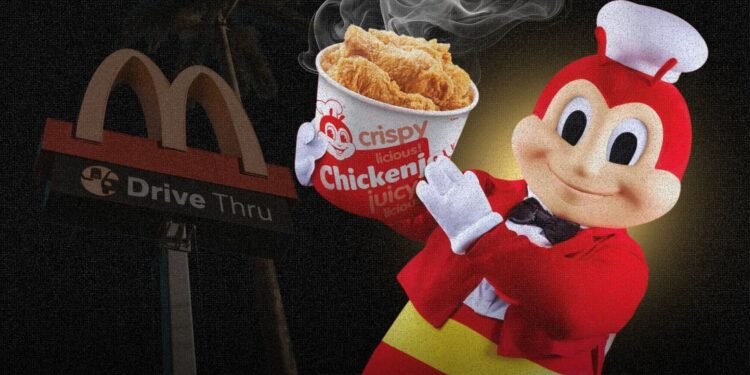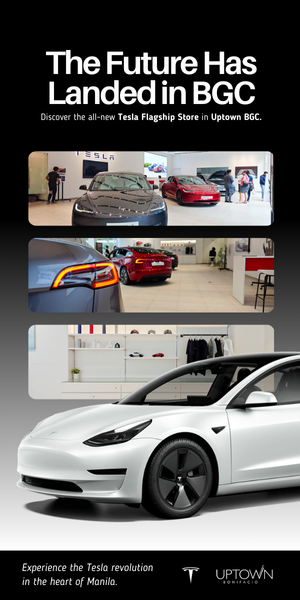McDonald’s came to the Philippines with global swagger, but it got stung by a bee in a red tuxedo.
Jollibee didn’t just beat the clown — it buried him under a pile of fried chicken and spaghetti. What looked like another American fast-food takeover turned into one of the sharpest business upsets in Southeast Asia. Here’s how the local kid flipped the script.
Jollibee turned ice cream into an empire
In the 1970s, Tony Tan Caktiong started with ice cream parlors.
Customers asked for more, so he swapped scoops for burgers, fried chicken, and spaghetti. By 1978, the pivot became Jollibee. When McDonald’s entered in 1981, Jollibee already owned the flavor of the streets, serving meals that actually matched Filipino taste buds.
The Jollibee mascot wasn’t some creepy clown — it was a bee that symbolized Filipino grit and joy. Kids begged for it at birthday parties, families snapped photos, and suddenly the brand wasn’t just selling food, it was selling identity.
Taste was the knife McDonald’s never saw coming
Filipinos don’t eat bland. They want sweet spaghetti with banana ketchup and hot dogs, crispy chicken with gravy, and rice with everything. Jollibee nailed it.
McDonald’s tried to answer with McSpaghetti and Chicken McDo, but the bee was already miles ahead.
A SWOT analysis back then confirmed the obvious: McDonald’s had size and money, but Jollibee had flavor. Taste buds don’t lie, and in this market, “bland” was a death sentence.
Jollibee swarmed McDonald’s in its own backyard
Caktiong studied the U.S. playbook, copied the system, then hacked it for locals.
He cut prices, Filipino-fied the menu, and created a fast-food joint that felt like home. McDonald’s had the brand. Jollibee had the streets.
Then came the killer blow: store placement. If McDonald’s opened one outlet, Jollibee planted six around it. In Metro Manila, maps show the bee shadowing the clown in nearly every district. By 2025, Jollibee had 1,500+ branches nationwide, while McDonald’s was stuck at about 700. That wasn’t competition — that was a siege.
Nostalgia locked McDonald’s out of Filipino hearts
Jollibee didn’t just advertise, it ran emotional ads that turned into cultural events — tearjerker Valentine’s stories, family reunions, and commercials people still talk about. Ronald McDonald never made Filipinos cry happy tears.
The payoff? Jollibee now commands over 50% of the Philippine fast-food market, while McDonald’s lingers at 20–25%. Overseas, Jollibee followed the diaspora, opening stores in New York, Dubai, London, and beyond. Every launch drew lines around the block — not just for fried chicken, but for a taste of home.
The clown came with global power. The bee came with culture, taste, and strategy. And in the Philippines, culture eats burgers for breakfast.












